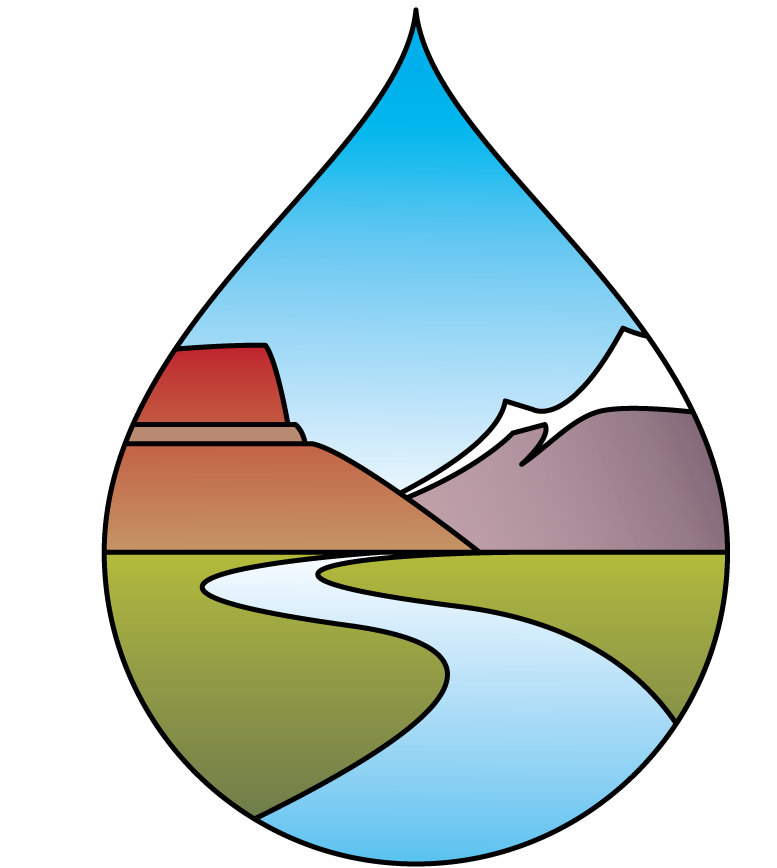To view and download the newsletter, click on the link below:
HIGHLIGHTS
On October 1, the federal government shut down after the Senate rejected a seven-week stopgap bill, halting non-essential services while allowing agencies to continue critical life, safety, and property protection functions.
On September 18, the Senate confirmed 48 executive branch nominees in a 51-47 vote after lowering the vote threshold, including Andrea Travnicek as Assistant Secretary of the Interior, Jessica Kramer to lead EPA’s Water Office, and Katherine Scarlett for CEQ. On October 3, the Senate approved an executive resolution in a 51-46 vote authorizing the en bloc consideration of over 100 nominees.**
On September 29, CEQ issued new guidance on agency NEPA procedures, replacing its February guidance and incorporating recent statutory amendments and Supreme Court rulings. The guidance provides a non-binding template, directing agencies to prioritize efficiency, consult CEQ early, and submit procedures for review before rulemaking or publishing guidance.
On October 1, a New Mexico Supreme Court order restructured water courts into three regions with five specialized judges to better align with stream systems. The new system centralizes filings, requires annual water law training, and is intended to improve resolution of technical water disputes during times of scarcity.
Jojo La resigned from the Colorado Department of Public Health and Environment after years of service on the Water Quality Committee. Governor Jared Polis appointed Nicole Rowan, longtime Water Quality Control Division Director, to the WSWC, highlighting her leadership and national recognition in clean water policy.
**A previous version of this article reported that this second tranche of nominees had been confirmed on October 3, rather than approved for en bloc consideration. Because the nominees were advanced under a new process there was some media confusion about the status of the nominees. This was corrected on 10/08/2025.
ANNOUNCEMENTS
On October 20 at 11:00 AM (MDT), WestFAST and WSWC will host a webinar with the Idaho Department of Water Resources. Phil Blankenau will discuss how Idaho uses Landsat data to manage water resources, including evapotranspiration mapping since 2000. Idaho was an early Landsat user and successfully advocated to retain the Thermal Infrared Sensor on Landsat 8 and 9 to support ongoing water management needs. Please register at the link below.
